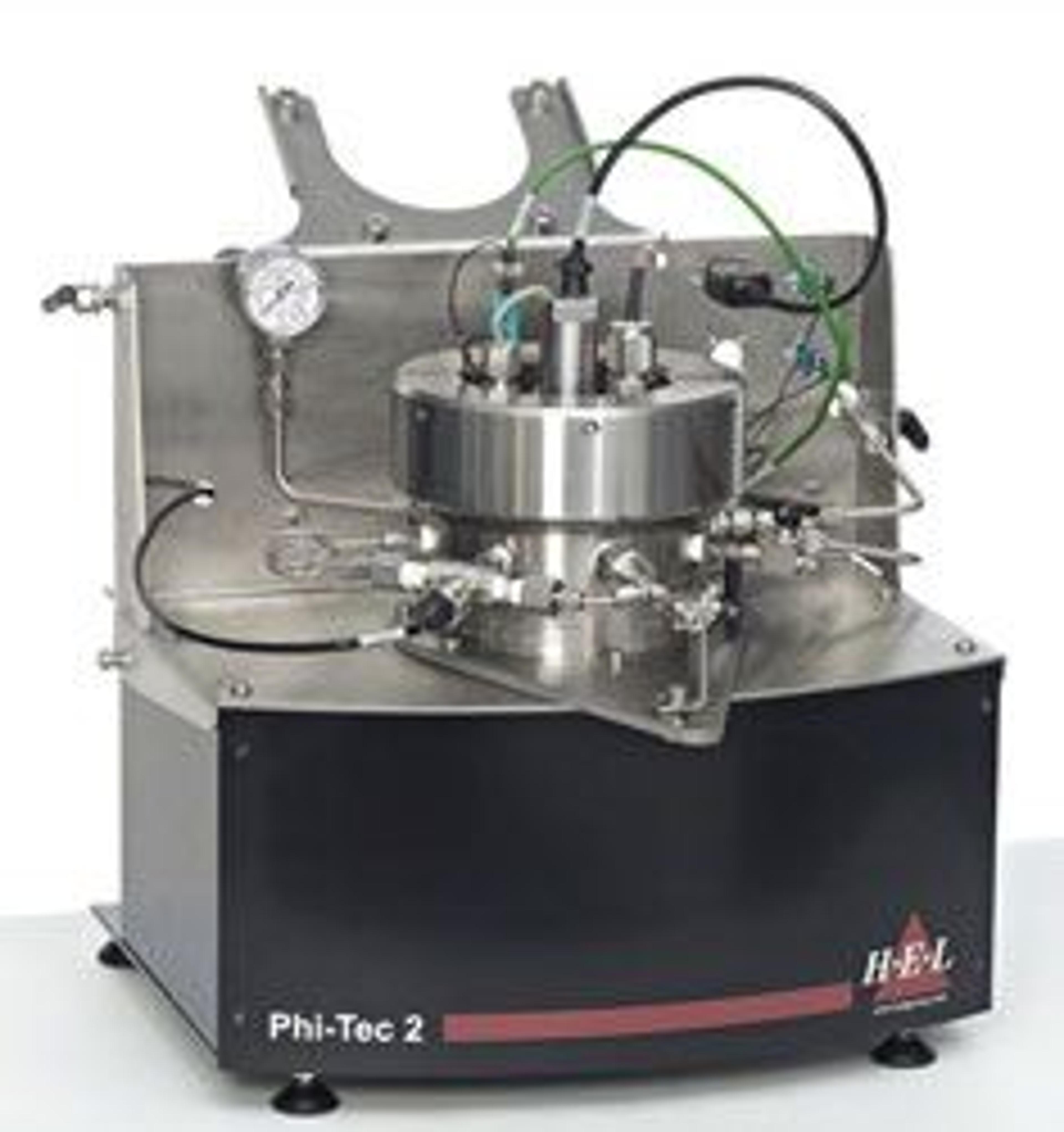Calorimetry’s Increasing Contribution to Chemical Industry to be Revealed by HEL at 2013 APACT Conference
6 Feb 2013Lab reactor company, HEL, will be presenting on the development of calorimetry techniques and the contributions being made to the chemical research industry at the APACT Conference in April 2013.
Taking place in Chester at The Crowne Plaza 24th-26th April, the APACT (Advances in Process Analytics and Control Technology) conference brings together academics, instrument companies and other major chemical industry companies to discuss developments in control and analytics.
Calorimetry, the measurement of heat, can provide a unique understanding of a chemical reaction, leading to a potentially safer and more optimal industrial manufacturing process.
HEL's presentation will cover ways of making calorimetry more accessible to researchers through improvements in measurement methodology. One example of this is how Calorimetry can allow research results to be available while the chemical reaction is being carried out; this reduced the need for off-line, post experiment calculation and could save researchers a lot of time and money.
Calorimetry can also instantly indicate when a chemical reaction is complete, something that is surprisingly difficult to do and often adds to cost while the process is continued unnecessarily for hours.
HEL will also be covering the contribution of calorimetry to new energy storage devices such as Li-ion batteries and other similar high performance batteries. The chemicals used to create these batteries can be extremely hazardous and there is a need to reach a balance between safety and improving battery performance. The information generated by calorimetry techniques could be used to help create safety measures, or thermal management systems, to prevent explosions in batteries – something which is particularly relevant due to the rapid growth in battery-powered devices and electric cars.
HEL’s presentation will look at specific examples of processes and devices that contain explosive chemicals and show how calorimetry has the potential to identify risks in a safe laboratory environment.

